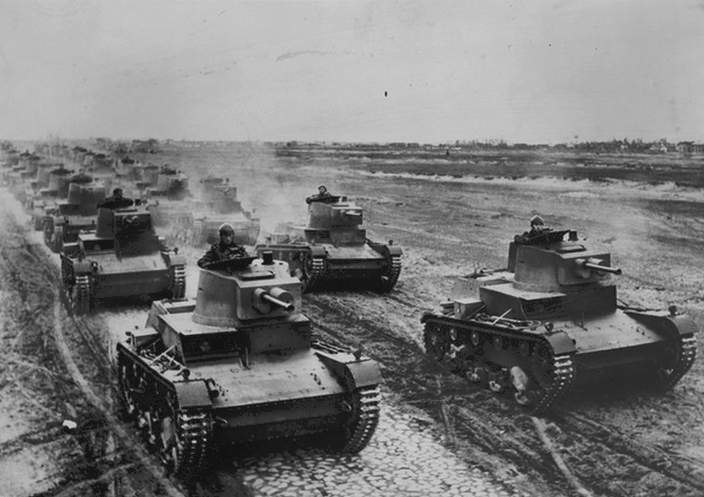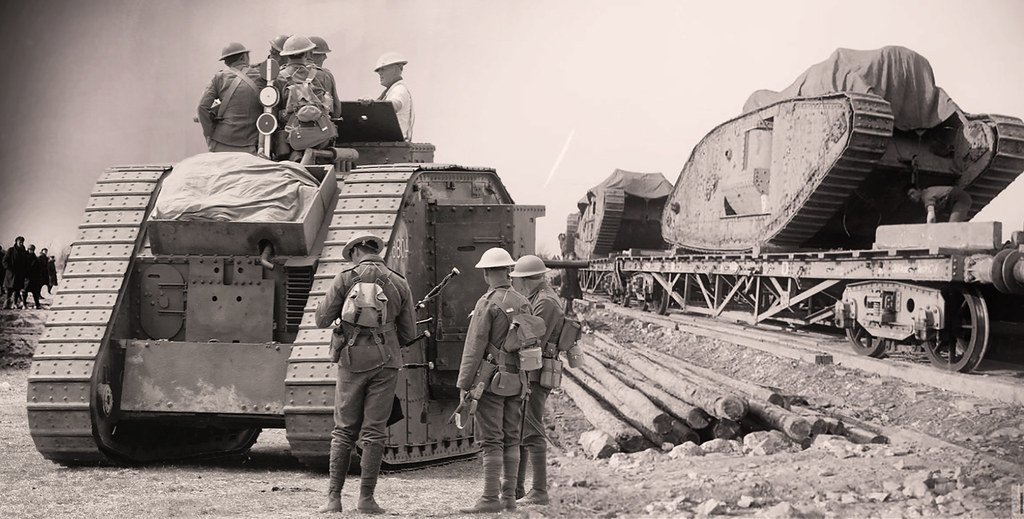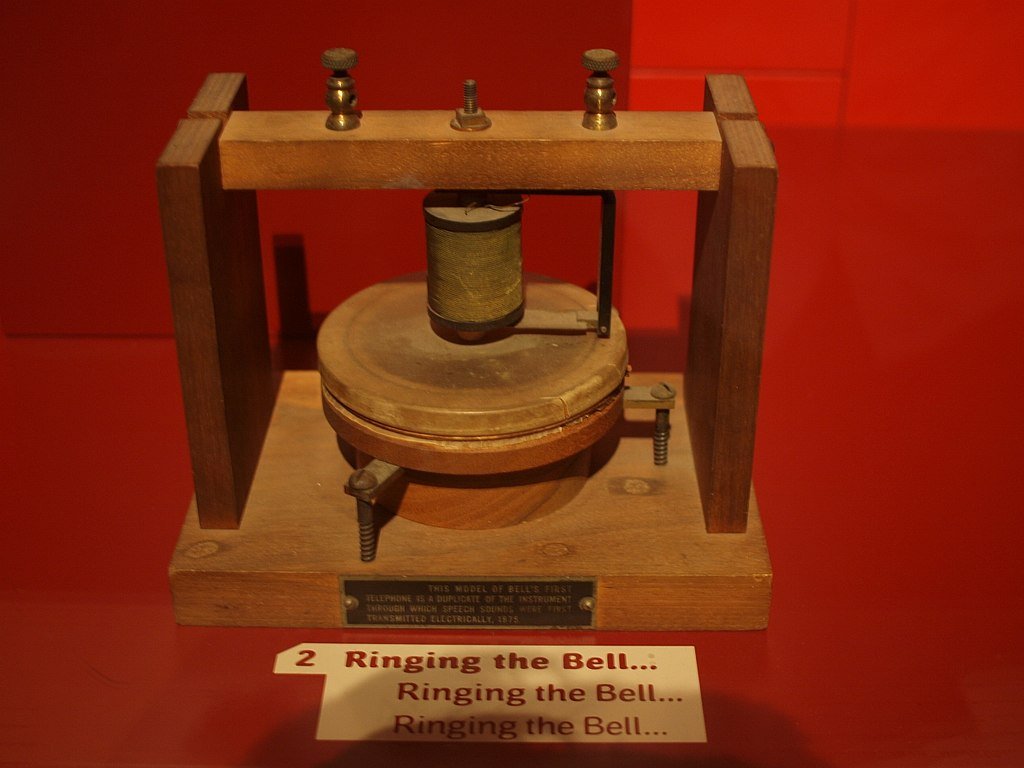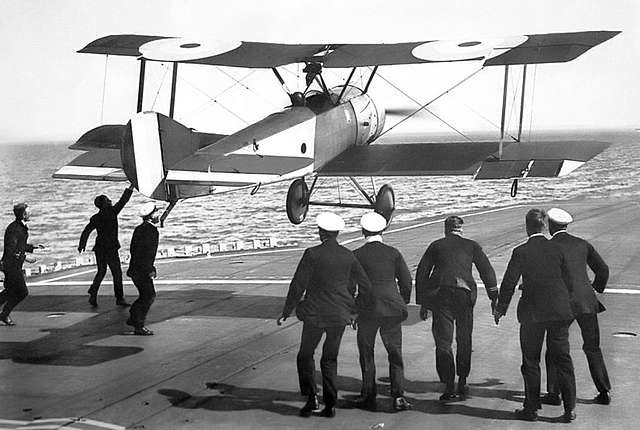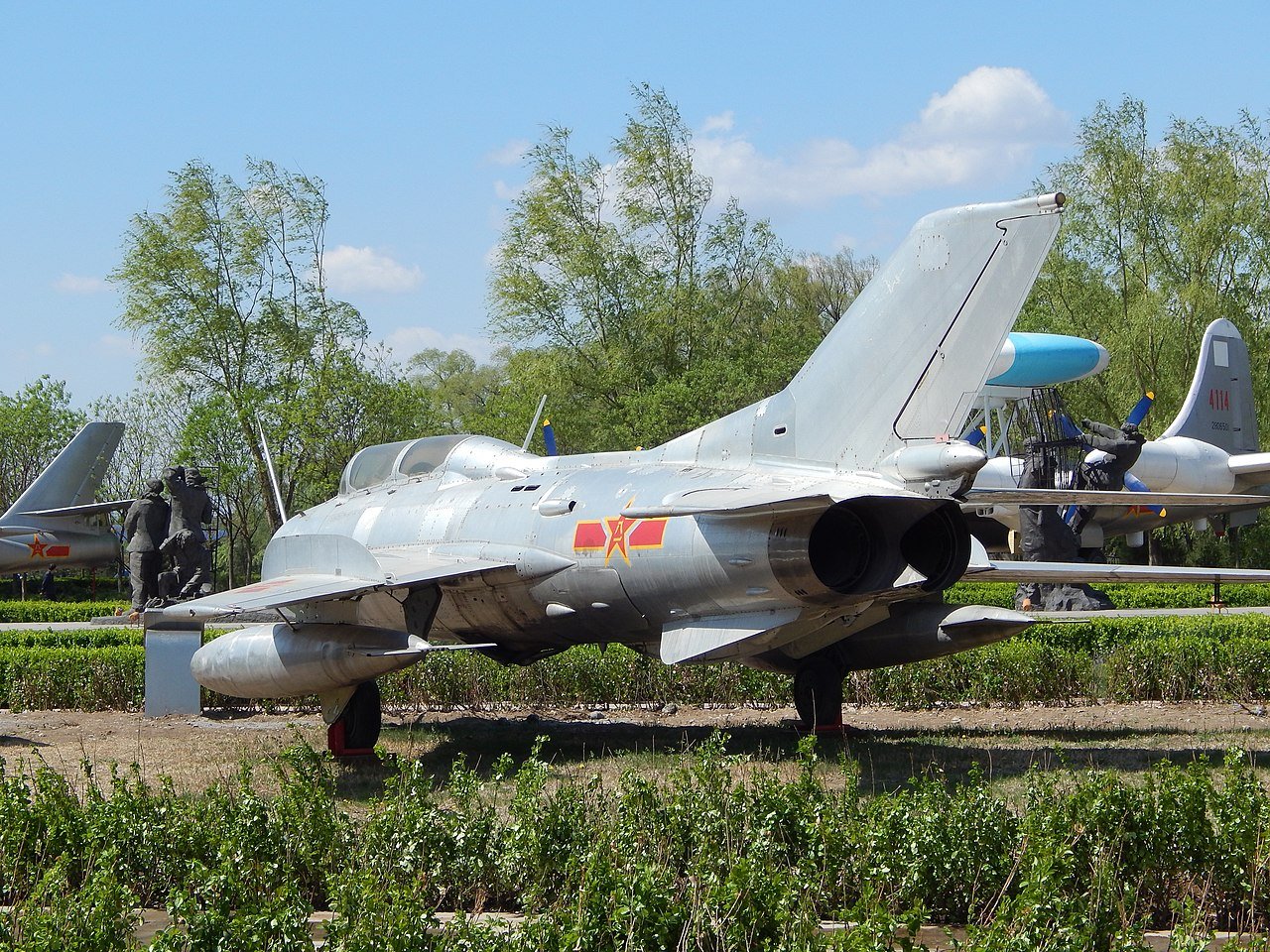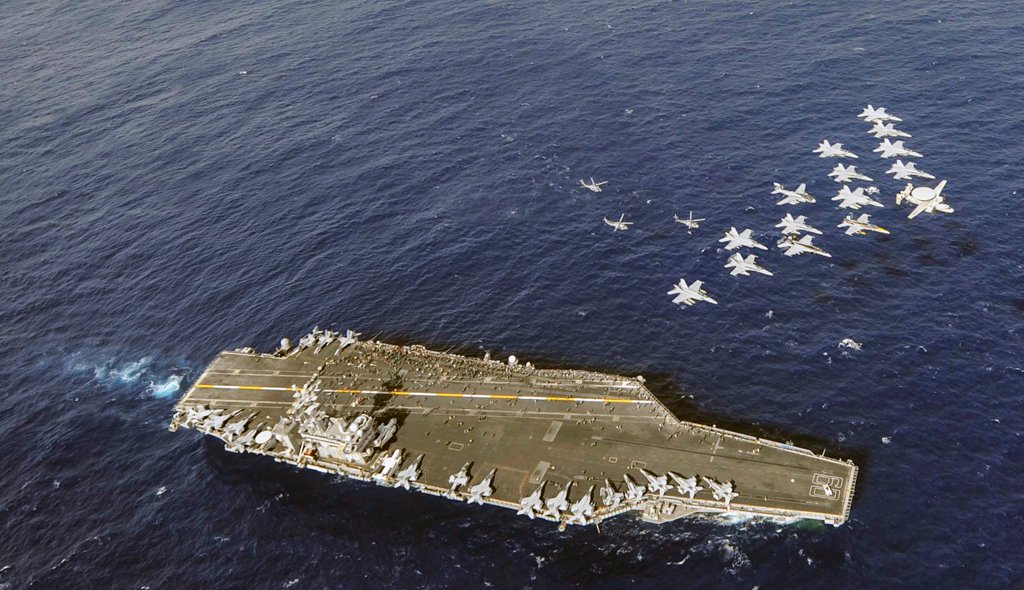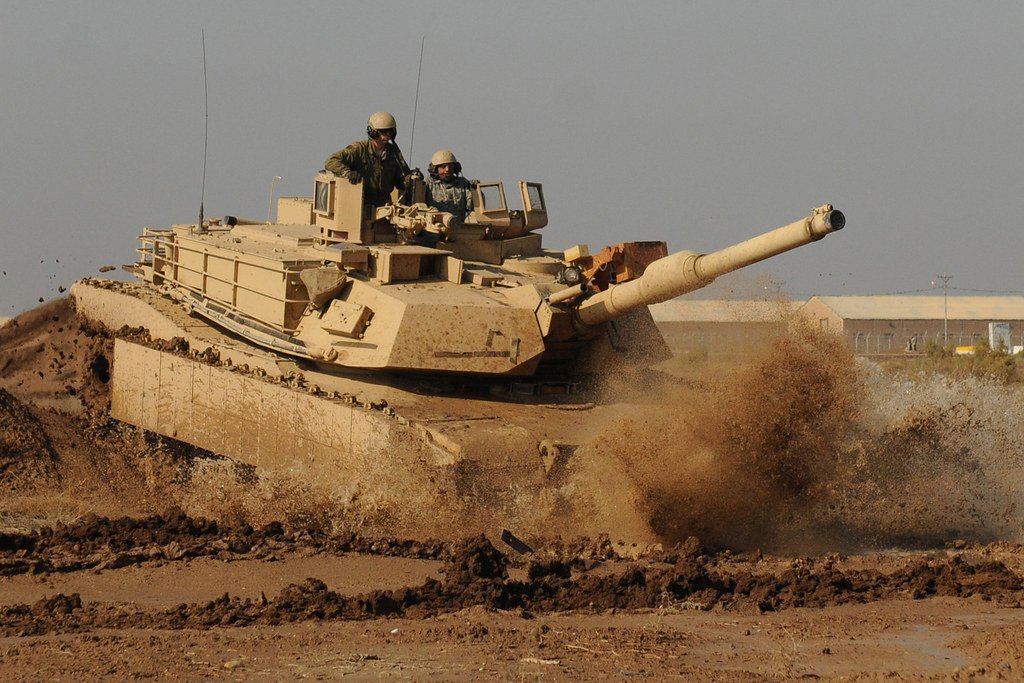China has rapidly risen as a dominant force in military aviation, showcasing not only technological prowess but also strategic insight. The Chinese Air Force has played a pivotal role in safeguarding national interests and asserting influence on a global scale. In this exploration, we will dive into the top 5 most iconic fighter jets in the Chinese Air Force, analyzing their capabilities, contributions, and the technological advancements that set them apart internationally.
Table of Contents
Before delving into the blog, let’s address some fundamental questions:
What is the best fighter jet in China?
The Chengdu J-20 stands as the pinnacle of Chinese aviation excellence, earning the title of the best fighter jet in China. As a fifth-generation stealth fighter, the J-20 combines cutting-edge technology with superior design. Unveiled in 2011, this aircraft boasts exceptional radar cross-section reduction and supercruise capabilities, allowing it to operate stealthily in contested airspace. Its role as an air superiority fighter underscores its significance in China’s military strategy. The J-20’s advanced avionics, sleek design, and unmatched capabilities make it a symbol of China’s commitment to innovation and dominance in the field of military aviation.
What is the most advanced Chinese fighter jet?
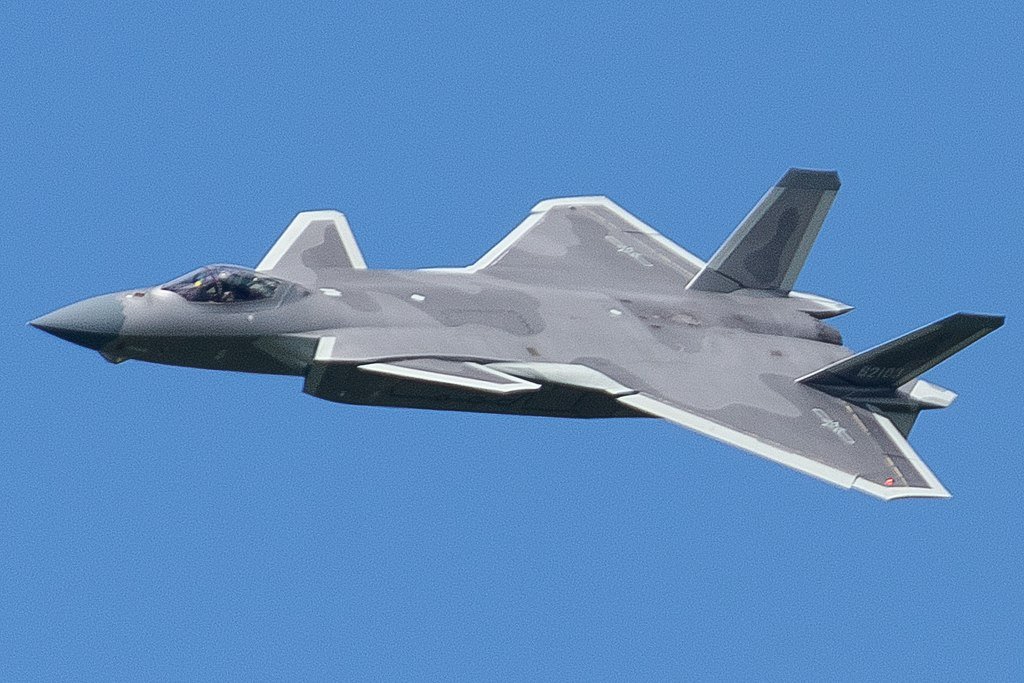
The Chengdu J-20 stands at the forefront as the most advanced Chinese fighter jet. Introduced in 2011, this fifth-generation stealth aircraft exemplifies cutting-edge technology and superior design. Its sleek, futuristic appearance conceals advanced avionics, radar systems, and stealth capabilities, allowing it to operate undetected in contested airspace. As a versatile air superiority fighter, the J-20’s ability to integrate state-of-the-art features, including radar cross-section reduction technology and supercruise capabilities, solidifies its status as China’s pinnacle in military aviation. With its unmatched capabilities, the Chengdu J-20 represents a significant leap forward in China’s commitment to innovation and dominance in the evolving landscape of modern aerial warfare.
What jets does the Chinese Air Force use?
This diverse array of aircraft in the Chinese Air Force underscores their commitment to a versatile and balanced fleet capable of addressing various military scenarios.
- Xian H-20
Serves as a strategic bomber with long-range capabilities.
- Xian JH-7
It functions as a versatile fighter-bomber designed for air-to-air and air-to-ground missions.
- Chengdu J-7
A classic fighter, playing a key role in air defense.
- Shenyang J-8
Operates as an interceptor, designed for rapid response to and engagement of aerial threats.
- Chengdu J-20
China’s fifth-generation stealth fighter showcases advanced technology and capabilities for air superiority.
- Shenyang J-16
A multi-role fighter jet known for its versatility, capable of both air combat and ground attack missions.
- Chengdu J-10
A single-engine, lightweight multirole fighter recognized for its agility and effectiveness in air-to-air combat.
- Xi’an H-6
While not a traditional fighter, it is a strategic bomber with the ability to carry various air-launched cruise missiles, contributing to long-range strike capabilities.
Now that we’ve clarified these questions let’s delve into the blog and explore the remarkable capabilities of China’s top fighter jets.
1. Chengdu J-20: A Stealth Marvel
The Chengdu J-20, hailed as a Stealth Marvel, leads the forefront of China’s military aviation capabilities as a fifth-generation stealth fighter jet. Unveiled in 2011, this aircraft marks a significant leap forward for Chinese aviation, boasting advanced technology and a sleek, futuristic design. As we delve into the details, we’ll uncover the exceptional attributes that make the J-20 a symbol of China’s commitment to innovation and prowess in military aviation.
Fifth-Generation Stealth Design
The J-20’s distinguishing feature is its fifth-generation stealth design, positioning it at the cutting edge of fighter jet technology. Crafted for optimal stealth capabilities, this twin-engine marvel leverages radar cross-section reduction technology to operate discreetly in contested airspace.
Unveiled in 2011
The J-20 made its debut in 2011, representing a pivotal moment in the evolution of Chinese military aviation. Its unveiling marked the nation’s intent to assert itself as a formidable force in the global defense landscape, showcasing a commitment to technological advancement and innovation.
Exceptional Stealth Capabilities
Equipped with advanced avionics and radar systems, the J-20 excels in stealth capabilities. Its radar cross-section reduction technology and supercruise ability enable it to operate undetected, providing a strategic advantage in both offensive and defensive operations.
Air Superiority Fighter Role
The J-20 is designated as an air superiority fighter, exemplifying its primary role in establishing dominance in aerial combat. Its integration of cutting-edge technology, coupled with its exceptional agility, positions it as a formidable force in ensuring control of the airspace.
Symbol of Innovation
More than just an aircraft, the J-20 stands as a symbol of China’s unwavering commitment to innovation in military aviation. Its development represents a synthesis of advanced engineering, technological expertise, and a vision for the future of air warfare, underscoring China’s determination to push the boundaries of military capability.
2. Shenyang J-16: Versatility Personified
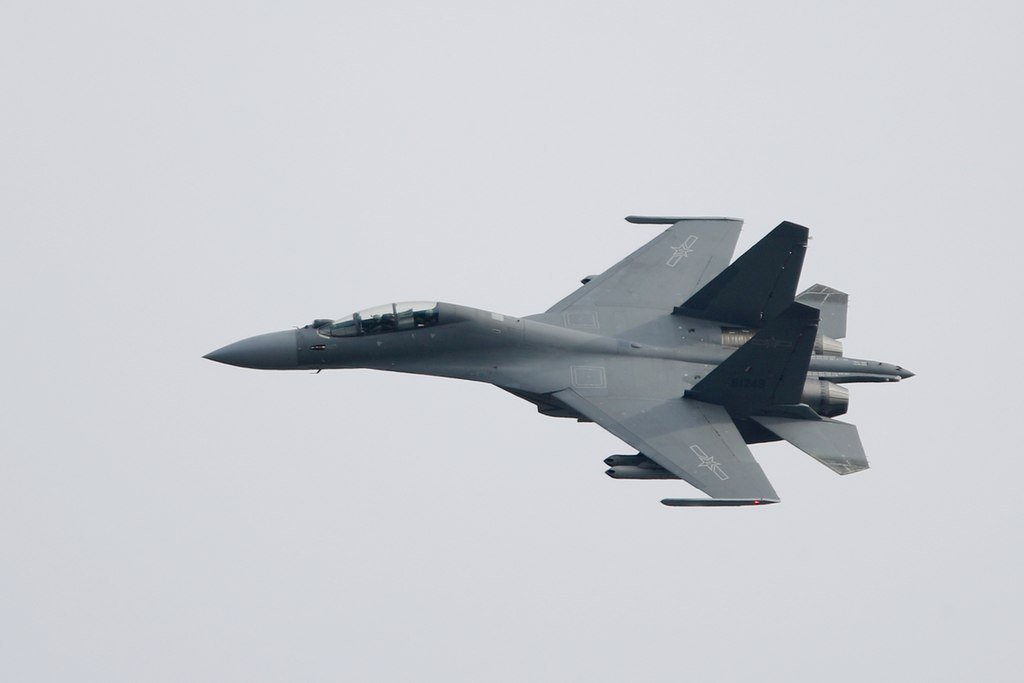
Moving down our list, we turn our attention to the Shenyang J-16—a multi-role fighter jet celebrated for its versatility and agility. Originating from the Russian Su-30MKK platform, the J-16 has undergone extensive modifications tailored to meet China’s specific operational needs. Let’s explore the distinctive features that make the Shenyang J-16 a standout player in the Chinese Air Force’s tactical arsenal.
Versatility and Agility
The Shenyang J-16 earns its distinction as a multi-role fighter by seamlessly combining agility with unparalleled versatility. Its design and capabilities allow for adequate performance across a spectrum of mission profiles, making it a dynamic asset in various scenarios.
Russian Su-30MKK Platform
Developed from the Russian Su-30MKK platform, the J-16 leverages a solid foundation to meet China’s unique operational requirements. This collaboration highlights the adaptability of the aircraft, incorporating proven technologies while tailoring them to suit the Chinese Air Force’s needs.
Powerful Radar System
Equipped with a robust radar system, the J-16 ensures heightened situational awareness—a critical component in modern aerial warfare. This advanced radar technology enhances its ability to detect and engage targets effectively, further solidifying its role in the Chinese Air Force’s tactical operations.
Air-to-Air and Air-to-Ground Munitions
The J-16’s versatility is accentuated by its capability to deploy a diverse range of weapons. Whether engaging in air-to-air combat or executing air-to-ground missions, this fighter jet’s arsenal is equipped to handle a broad spectrum of threats, showcasing its adaptability on the battlefield.
Key Player in Tactical Arsenal
The Shenyang J-16’s proficiency in diverse mission profiles cements its status as a key player in the Chinese Air Force’s tactical arsenal. Its ability to execute various roles positions it as a strategic asset capable of addressing dynamic and evolving challenges.
3. Chengdu J-10: The Agile Workhorse
The Chengdu J-10, dubbed the “Vigorous Dragon,” has secured its place as a stalwart in the Chinese Air Force since its introduction in 2006. Recognized as a single-engine, lightweight multirole fighter, the J-10 is celebrated for its agility and maneuverability. In this exploration, we delve into the key attributes that define the J-10 as a versatile and reliable workhorse, showcasing its vital role in maintaining air superiority and supporting ground operations.
Agile Design and Introduction
The J-10, introduced in 2006, stands as a testament to Chinese aviation prowess. Its single-engine, lightweight design lays the foundation for agility, setting the stage for its role as a versatile and reliable multirole fighter.
Excellence in Air-to-Air Combat
Renowned for excelling in air-to-air combat, the J-10’s aerodynamic design and advanced fly-by-wire control system contribute to its exceptional agility. This proficiency allows it to navigate both beyond-visual-range and close-quarters engagements with precision and effectiveness.
Advanced Radar Capabilities
Equipped with cutting-edge radar capabilities, the J-10 enhances its operational effectiveness. The integration of advanced radar systems not only bolsters its air-to-air capabilities but also ensures optimal performance in various mission profiles.
Role as a Workhorse
The J-10’s designation as a workhorse emphasizes its versatility and reliability. Beyond air-to-air combat, it plays a pivotal role in maintaining air superiority and supporting ground operations. This dual capability underscores its importance as a multifaceted asset in the Chinese Air Force’s operational strategy.
4. Xi’an H-6: The Strategic Bomber
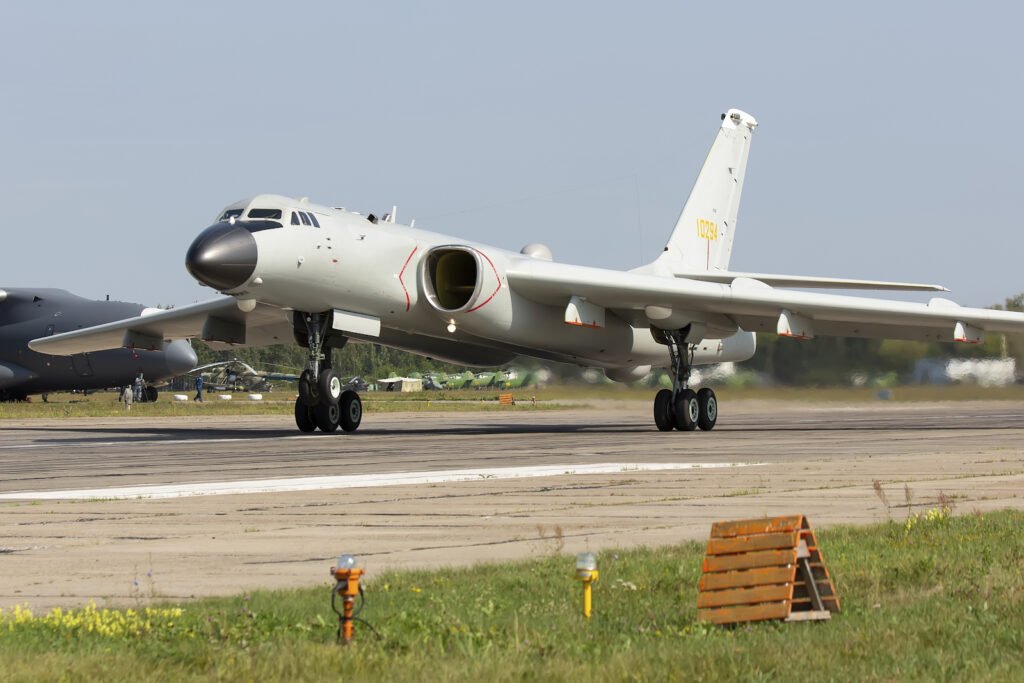
The Xi’an H-6, categorized as a strategic bomber, holds a distinctive place in the Chinese Air Force due to its strategic significance. Though not a traditional fighter jet, the H-6 has earned its position on this list, showcasing its crucial role in China’s aerial capabilities. Originating from the Soviet Tupolev Tu-16, the H-6 has evolved through modernization efforts, transforming into a formidable long-range strike platform. Let’s delve into the key attributes defining the Xi’an H-6’s strategic importance.
Origins from Soviet Tupolev Tu-16
Derived from the Soviet Tupolev Tu-16, the Xi’an H-6 inherits a robust foundation that forms the basis of its strategic capabilities. This historical link underscores the aircraft’s evolution and adaptation to contemporary demands.
Modernization and Upgrades
Over the years, China has invested in the modernization and upgrades of the H-6, elevating it to a potent long-range strike platform. These efforts demonstrate China’s commitment to enhancing its aerial capabilities for strategic purposes.
Long-Range Strike Platform
The H-6’s transformation into a long-range strike platform highlights its ability to project power across extensive distances. Equipped with advanced technology, it plays a pivotal role in extending China’s reach and influence on the global stage.
Air-Launched Cruise Missiles and Nuclear Capability
A critical aspect of the H-6’s role lies in its capacity to carry a variety of air-launched cruise missiles, including those with nuclear capabilities. This feature enhances China’s strategic deterrence capabilities, establishing the H-6 as a key component in the nation’s defense arsenal.
Projecting Power and Nuclear Deterrence
The H-6’s role extends beyond conventional bombing missions. Its significance lies in projecting power and maintaining a credible nuclear deterrent, adding a layer of strategic depth to China’s defense capabilities. This underscores its pivotal role in shaping the Chinese Air Force’s arsenal.
5. Chengdu J-7: The Classic Guardian
The Chengdu J-7, a guardian of Chinese airspace with roots in the iconic Soviet MiG-21, reflects China’s enduring commitment to a reliable air fleet. Despite its vintage origins, this classic fighter jet has undergone upgrades, showcasing China’s dedication to maintaining an effective aerial force. Now, let’s explore the key attributes defining the Chengdu J-7’s lasting legacy.
Origins from Soviet MiG-21
The J-7’s lineage traces back to the agile MiG-21, a Cold War-era legend. China’s licensing to manufacture the MiG-21 resulted in the J-7 becoming integral to the Chinese Air Force with a legacy rooted in supersonic jet aviation’s pioneering days.
Decades of Service
Embodying reliability, the J-7 has been a stalwart presence in Chinese airspace for decades. Its enduring service reflects adaptability to evolving operational requirements, attesting to its effectiveness despite technological advancements.
Continuous Upgrades
Undergoing numerous upgrades, the J-7 showcases China’s commitment to modernization. Beyond maintenance, enhancements in avionics, radar systems, and weaponry ensure the J-7 remains relevant and effective against evolving threats.
Simplicity and Ease of Maintenance
Despite lacking cutting-edge technology, the J-7’s simplicity facilitates efficient upkeep, reducing downtime. This cost-effective quality makes it a pragmatic choice for the Chinese Air Force, ensuring sustained operational readiness.
Affordability
The J-7’s cost-effectiveness is crucial in fleet management, ensuring its continued presence. Amidst budget scrutiny, its affordability provides the Air Force with a practical option for air defense roles.
Air Defense Role
Primarily assigned to air defense, the J-7’s capabilities in intercepting and engaging aerial threats contribute significantly to safeguarding Chinese airspace and protecting national interests.
Enduring Legacy
Symbolizing the enduring legacy of Chinese aviation, the J-7 bridges historical designs and modernization efforts. Its continued service reflects China’s commitment to preserving aviation heritage while strategically evolving military capabilities, portraying resilience and adaptability in aerial defense.
The Chinese Air Force’s impressive array of fighter jets reflects the nation’s dedication to advancing its military capabilities. From the cutting-edge technology of the Chengdu J-20 to the versatility of the Shenyang J-16, each aircraft on this list plays a unique role in ensuring China’s air superiority and strategic reach. As geopolitical dynamics continue to evolve, the Chinese Air Force remains at the forefront of innovation, solidifying its position as a force to be reckoned with in the global military landscape.
